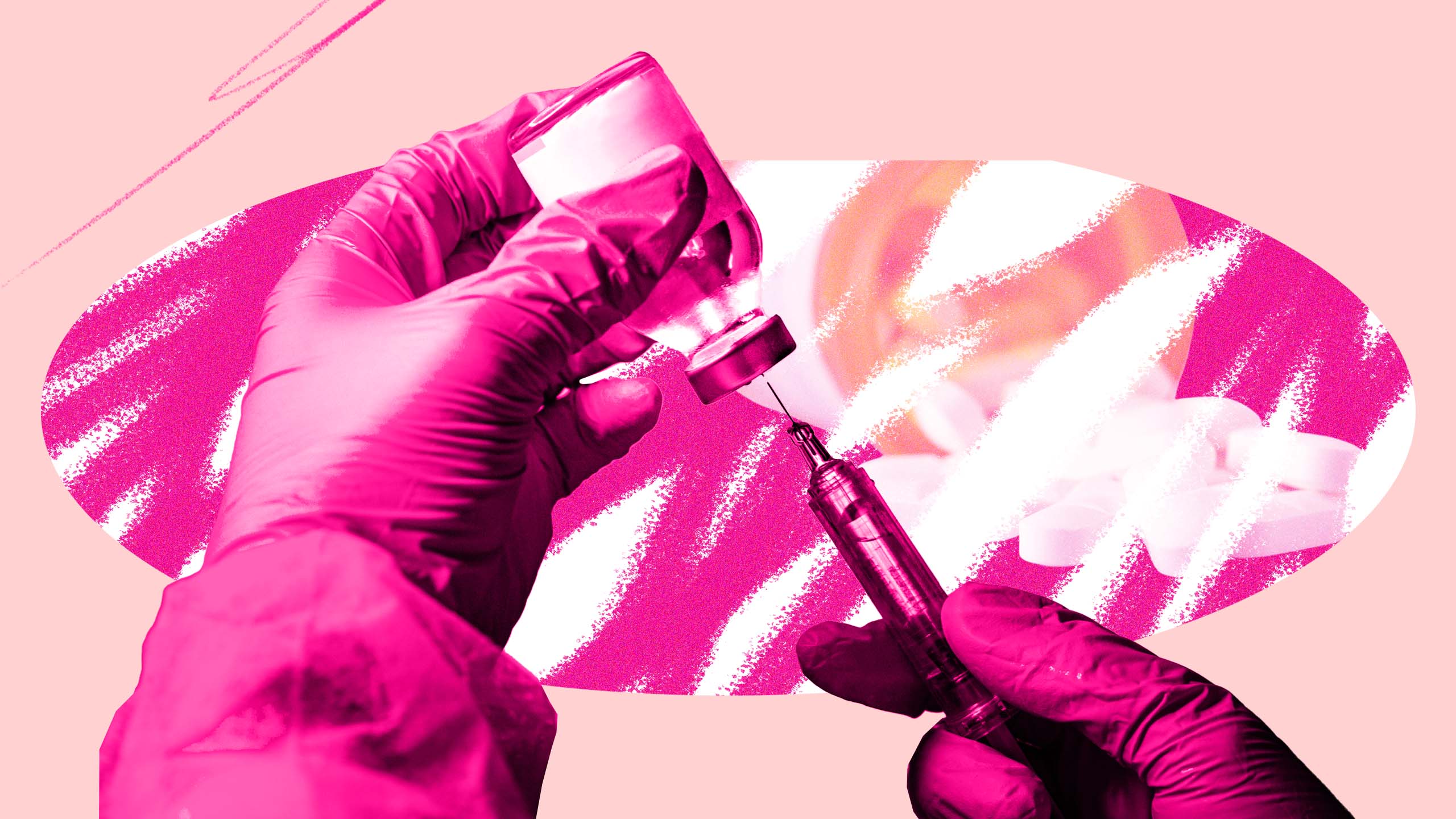A recent study found that long-acting injectable pre-exposure prophylaxis (PrEP) is effective and safe for trans women in preventing HIV/AIDS.
New research presented at the 24th International AIDS Conference in Montreal on July 31 showed that PrEP works just as well for trans women as the treatment does for bisexual and gay men. The report also indicated that hormone replacement therapy (HRT) had no effect on the effectiveness of PrEP, which itself has been found to reduce the risk of HIV by up to 99 percent.
A team of researchers led by Dr. Beatriz Grinsztejn found that cabotegravir (CAB-LA) injections every two months led to a 66 percent decrease in new HIV/AIDS diagnoses among trans women when compared with daily PrEP pills like Truvada. This percentage is the same decrease as the one reported for bi and gay men. While only two trans women who took the injections got HIV/AIDS, seven individuals who took the pills later became ill.
“Long-acting PrEP could play a major role in ending the HIV pandemic, but right now, very few people can get it.”
Over half of the trans women in the study were already HRT or started doing so during the research. The drug was found to have no major side effects for trans women who were prescribed HRT, although mild to moderate reactions at the injection site were common.
Grinzstejn, head of the STD/AIDS clinical research laboratory at the National Institute of Infectious Diseases in Brazil, called to make the injectable PrEP affordable and accessible for members of the global LGBTQ+ community.
“Generic CAB-LA won’t reach the market for a few years,” she told conference attendees, as the event noted in a series of tweets. “Until then, affordable bridging prices must be agreed upon, so that this product can actually reach people immediately. Long-acting prevention has the potential to address some of the achievement gaps that persist, with daily therapy expanding the method of choice.”
These findings could be extremely impactful for trans women, who face a higher risk of HIV/AIDS than the general population. An analysis of 34 countries published by the PLOS ONE journal in March found that trans women were 66 times more likely than the average person to become HIV-positive, while trans men were seven times as likely to contract HIV. A 2021 survey from the Centers for Disease Control (CDC) of seven U.S. cities found that 42 percent of trans women were living with HIV.
Research shows the social marginalization of trans women contributes to higher levels of poverty, homelessness, sex work, mental health issues, substance use, incarceration and violence, all factors that are linked to a higher risk for HIV/AIDS. Despite these realities, only about a third of HIV-negative trans women (or 32 percent) had used PrEP within the past 12 months, according to the CDC.
Grinzstejn’s team also found that trans women reported higher levels of emotional abuse (47 percent), sexual abuse (57 percent) and physical violence (30 percent) than bi and gay men, who themselves experience high rates of abuse. Intimate partner violence is linked to negative outcomes for both treatment and prevention of HIV/AIDS.
At last month’s conference, the study was welcomed with optimism that treatments like long-acting, injectable PrEP could help improve people’s lives by getting them better access to care.
“Long-acting PrEP could play a major role in ending the HIV pandemic, but right now, very few people can get it,” Adeeba Kamarulzaman, international co-chair of the AIDS 2022 summit, said in a speech. “Scaling up affordable access to this game-changing prevention tool must be a top global priority.”


 Why you can trust Xtra
Why you can trust Xtra


